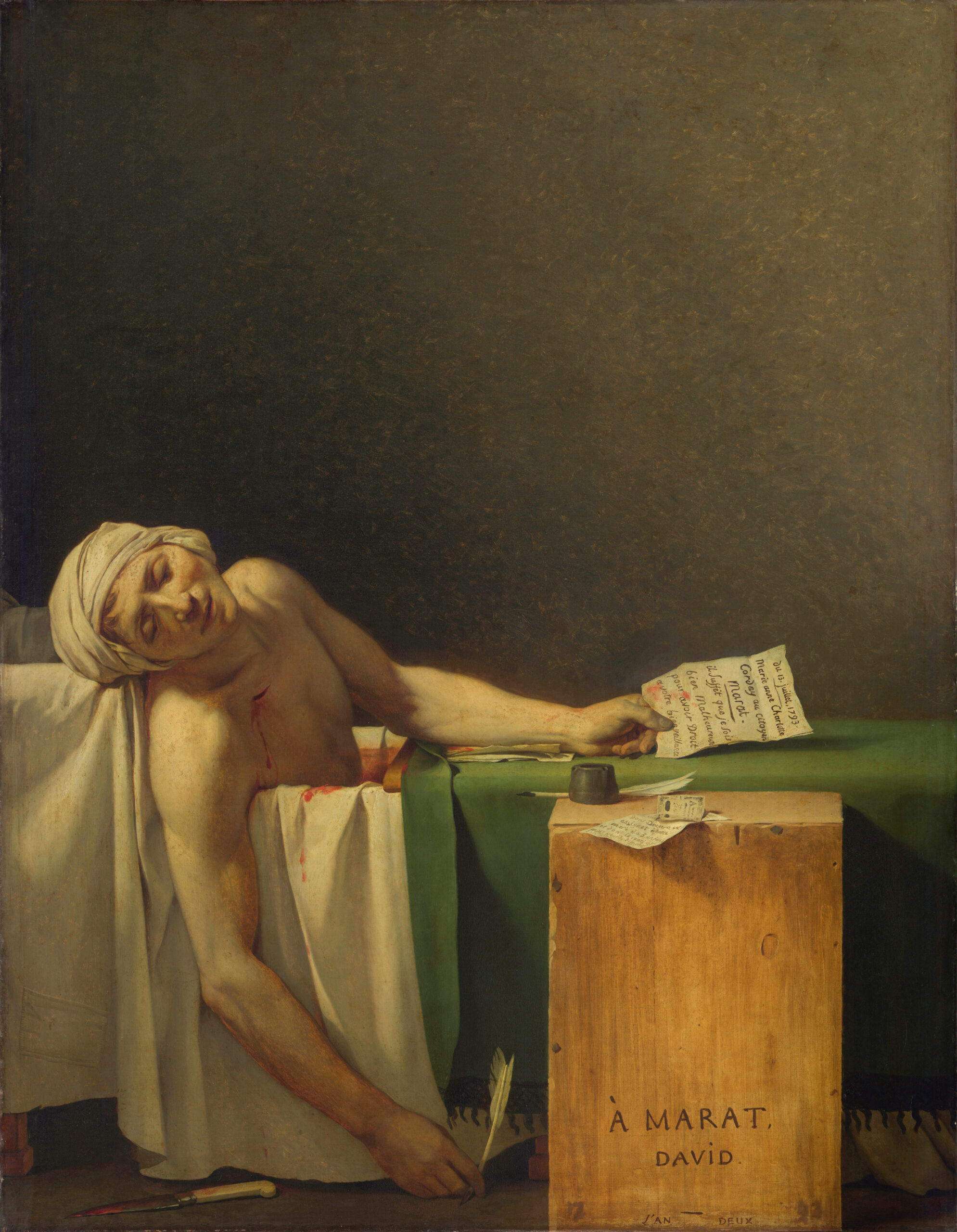Tag Archives: October
- Home
- Posts tagged "October"

Pumpkin Pie
“There is no love sincerer than the love of food.”
– George Bernard Shaw
Related:
Pumpkin Spice Latte
Syracuse University Financial Statement 2023 | Net Position $4.263B
Campus Planning, Design and Construction | Syracuse University Facilities Services
“While the earth remaineth, seedtime and harvest, cold and heat,
and summer and winter, day and night will never cease.”
Syracuse University College Eats

Chris Williamson: The Hidden Truth About Our Collapsing Birth Rates
Mortuary Arts
“In the sweat of thy face shalt thou eat bread, till thou return unto the ground;
for out of it wast thou taken: for dust thou art, and unto dust shalt thou return.
There are several ANSI accredited standards that apply to mortuary science, particularly in the areas of forensic science and medicolegal death investigation. These standards are developed to ensure the highest levels of professionalism, quality, and consistency in the field. Here are some key standards:
- ANSI/ASB Best Practice Recommendations: The American National Standards Institute in collaboration with the American Academy of Forensic Sciences has developed various standards, including those related to the handling and processing of human remains. For example, the ANSI/ASB Best Practice Recommendation 094-2021 outlines procedures for postmortem friction ridge print recovery, emphasizing systematic approaches and legal compliance during the process
ANSI/ASB Standard 125-2021: This standard focuses on the general requirements for medicolegal death investigation systems. It covers infrastructure, personnel training, and competency requirements to ensure high-quality death investigations. It also references other professional guidelines and accreditation checklists from organizations such as the National Association of Medical Examiners and the International Association of Coroners and Medical Examiners.
These standards are integral to maintaining rigorous protocols and ethical practices within mortuary science and related fields. They help ensure that procedures are consistent, legally compliant, and respectful of the deceased, ultimately contributing to the reliability and credibility of forensic investigations. For more detailed information, you can refer to the ANSI and ASB standards documentation available through their respective organizations.
Standard for Interactions Between Medical Examiner, Coroner and Death Investigation Agencies
Anatomical Donation
Anatomical donation programs are supported by relatively stable best practice literature that are highly cross-referencing. The organ donation industry grows at a surprising clip and, as such, has its share of sketchy actors.
Our discussion today — at 15:00 UTC– is limited to the safety and sustainability of the support facilities for human cadavers only; with attention to the most recent construction projects.
Images:
Representative Literature:
Relevant Codes & Standards:
ASHRAE International
American Society of Mechanical Engineers
ASTM International
Clinical and Laboratory Standards Institute
International Code Council
International Building Code
International Mechanical Code
International Plumbing Code
Institute of Electrical and Electronic Engineers
National Fire Protection Association
More:
American Association for Anatomy
American Association of Tissue Banks
IEEE: Virtual Reality Application in Anatomy Education: A Bibliometric Analysis and Future Direction
Anatomy Meets Architecture: Designing New Laboratories for New Anatomists
National Donor Day: February 14
Join us today at 15:00 UTC. Use the login credentials at the upper right of our home page.
Working Dogs
Hey lovelies ☕🥰🍂
I hope this post finds you well & that you have a wonderful day! ❤️ pic.twitter.com/ljULxGtS70
— Jess Tungsten (@JessTungsten) November 15, 2025
Poutine
Health Canada: Food safety standards and guidelines
University of Vermont: Poutine: From Rags to Riches

Dalhousie University researcher Sylvain Charlebois, known as “the food professor,” enjoys a poutine at a restaurant in Brisbane, Australia.
‘Girls tell about their time at Canadian College of English Language’https://t.co/SKYf5gNZLXhttps://t.co/fsQaxC1L69 pic.twitter.com/FBywkbB1BY
— Standards Michigan (@StandardsMich) July 1, 2024
Monster Culture
“Popular culture has become engorged, broadening and thickening
until it’s the only culture anyone notices.”
P. J. O’Rourke
🚨 This weekend is your last chance to apply to up to five @SUNY campuses, including #UBuffalo, for FREE! 🚨 Free App Weeks end Nov. 3!
Learn more and apply today! ▶️ https://t.co/WgDAavvpGI#FreeAppWeek pic.twitter.com/TRkdLpbWs6
— UBuffalo (@UBuffalo) October 31, 2025
Administrative Services Gateway: University Facilities
“I Made The Witches’ Brew from Macbeth, and Things Got Weird”
Coffee Shop in the Library
Standards Institution of Israel | Tel Aviv University Statement of Financial Position 2022: ₪ 8.332B
…’Nestled at the entrance of Tel Aviv University’s Brender-Moss Library for Social Sciences, Management, and Education, a coffee cart—welcomes students and faculty with its setup on the entrance floor and adjacent plaza.
Under wide umbrellas, patrons sip aromatic hot coffees, iced lattes, or refreshing cold drinks while munching on fresh baked goods, sandwiches and snacks. Seating spills into designated library nooks, blending caffeine-fueled focus with outdoor breezes…’
7 Tel Aviv University students. 1 epic @TEDx stage.
Last week, seven remarkable Tel Aviv University students challenged traditional perspectives and shared groundbreaking ideas during the inaugural TEDxTelAvivUniversity event themed: “The New “Old”: Ideas, Reimagined.”
The… pic.twitter.com/fbbCww5eho
— Tel Aviv University (@TelAvivUni) January 12, 2025
| Peter Boghossian: Muslim Migration Failure in Western Europe w/ Raymond Ibrahim |
Mortuary Science
"nothing is wasted in nature / or in love."
Laura Gilpin: pic.twitter.com/qvWnvp5djP
— Dr. Maya C. Popa (@MayaCPopa) April 11, 2023
Bibliography
International Cemetery, Cremation and Funeral Association University
College Campuses with Cemetaries
Formaldehyde Best Management Practices
National Fire Protection Association: U.S. Structure Fires in Religious and Funeral Properties
International Building Code: Section 303.4 Assembly Group A-3
NFPA 45, Standard on Fire Protection for Laboratories Using Chemicals
Zoning And Related Construction Standards For Cemeteries
New update alert! The 2022 update to the Trademark Assignment Dataset is now available online. Find 1.29 million trademark assignments, involving 2.28 million unique trademark properties issued by the USPTO between March 1952 and January 2023: https://t.co/njrDAbSpwB pic.twitter.com/GkAXrHoQ9T
— USPTO (@uspto) July 13, 2023
Standards Michigan Group, LLC
2723 South State Street | Suite 150
Ann Arbor, MI 48104 USA
888-746-3670





















